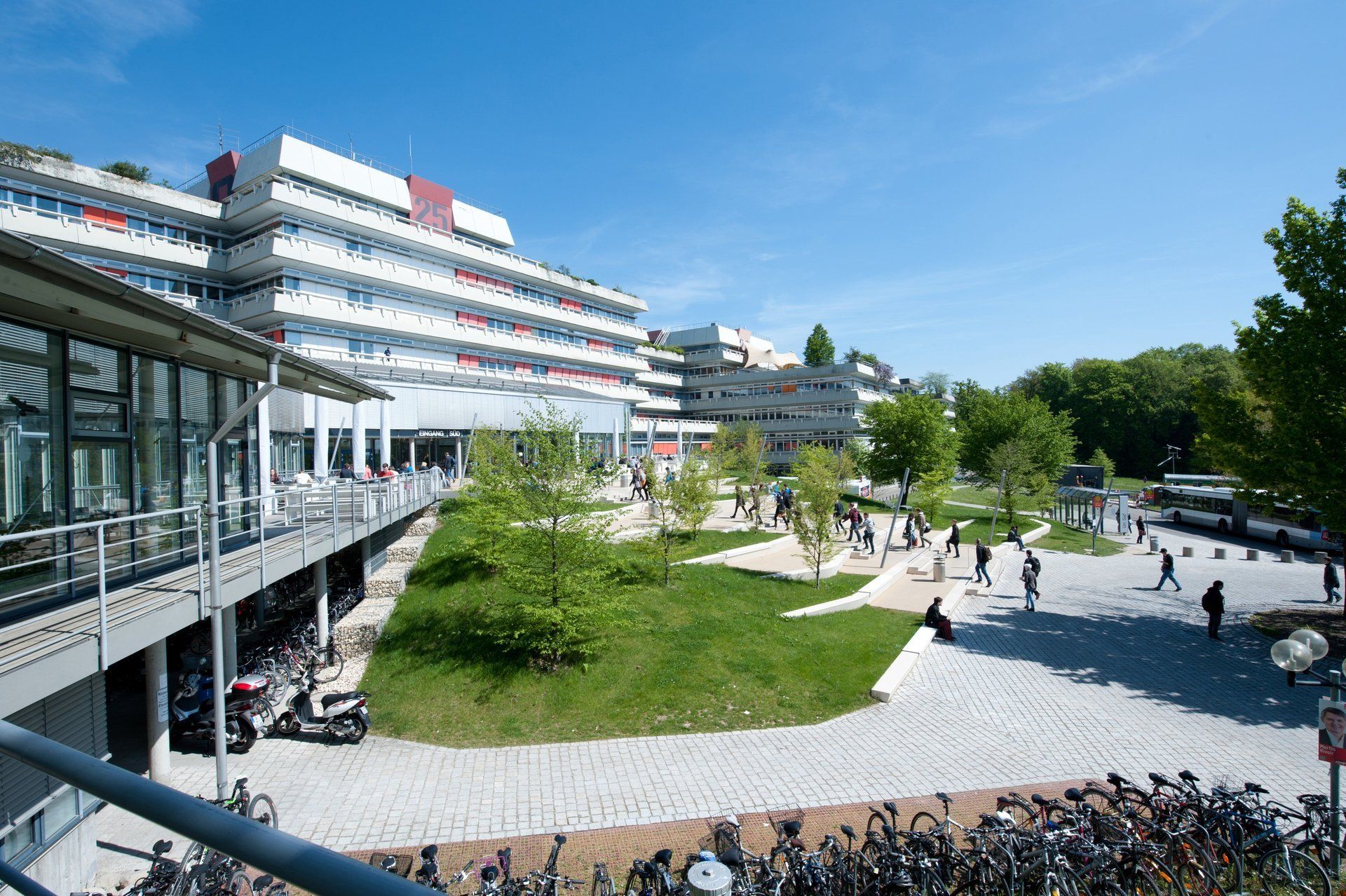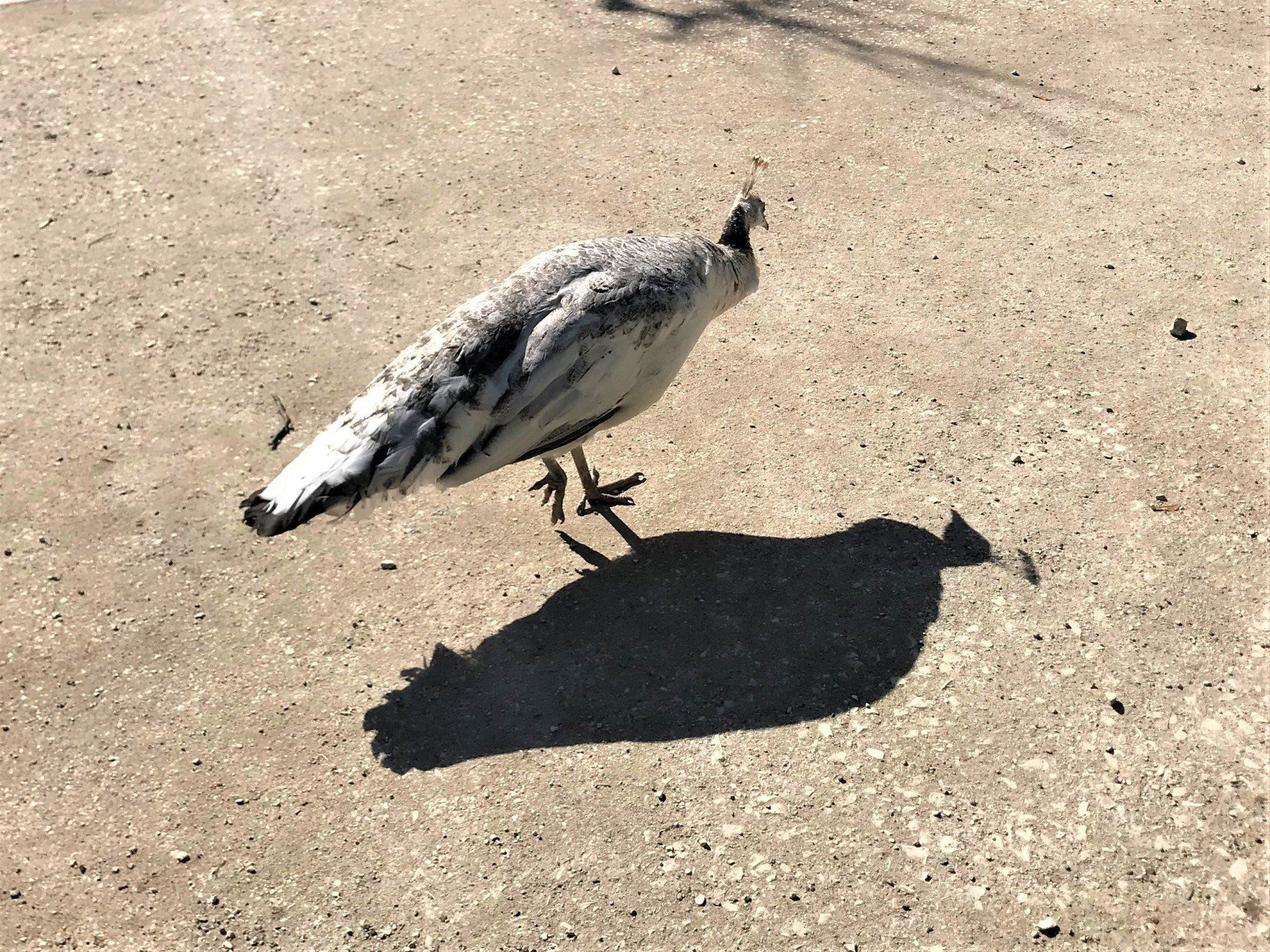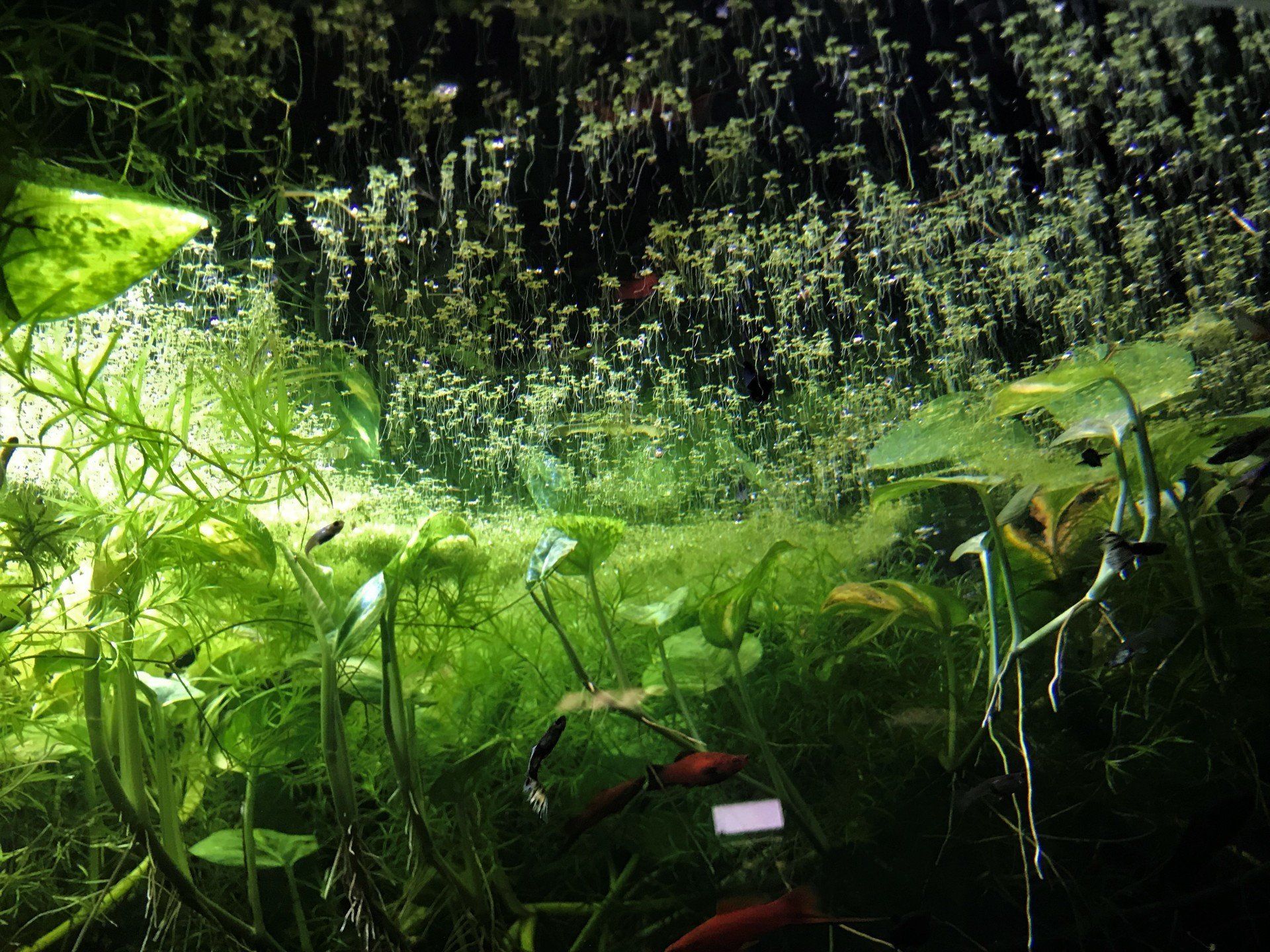Ulm Minster
The Ulm Minster (or Cathedral of Our Lady in Ulm) is a built in Gothic style church in Ulm. It is the largest Protestant church in Germany. The 1890 completed 161.53 meter high tower is the highest church tower in the world.
The foundation stone was laid in 1377, when Ulm was a free imperial city and still Roman Catholic. The sermons of the Ulm reformer Konrad Sam (from 1524) were the catalyst for the gradual introduction of the Reformation in Ulm. In 1530 the decision was made in a referendum in favor of the Protestant confession. Thus, the Ulm Minster became a church of the Protestant church. It was until 1894 in the possession of the city of Ulm and then came into the possession of the Protestant church Ulm. The Münster survived the air raids on Ulm 1944/1945 in the last months of World War II largely undamaged.
choir stalls
The Dreisitz and the choir stalls, with hundreds of carved oak figures, is one of the most famous and beautiful chairs of German Gothic and was 1469-1474 by the carpenter and sculptor Jörg Syrlin d. Ä. made with the collaboration of the sculptor Michel Erhart. It is next to the choir stalls in St. Martin Memmingen to the most important Gothic stools in Germany. The three-seat seat of 1468 under the choir arch is a test piece Jörg Syrlin d. Ä., Before the City Council gave him the whole order for the choir stalls. Characteristic and untypical for the Gothic is that the choir stalls rather emphasizes the horizontal. The 18-meter-long side panels are clearly structured and covered with ornate canopies.
University of Ulm
The University of Ulm was founded in 1967 as the "Ulm Medical Science College" and is the youngest university in Baden-Württemberg. The university has around 10,500 students in 2015/2016. In the course of its internationality, it offers a language education (UNIcert) for all its students with various languages and specializations. The university is known for its close cooperation with companies that are located around the university in a science city.
Tiergarten Ulm
The base for the small animal park in Friedrichsau, founded in 1935, was a monkey enclosure erected in a shed as early as 1927, as well as aviaries for pheasants and other birds. At the opening, the aquarium house, aviaries, a deer moat and a bear enclosure were completed. In the turmoil of the Second World War, the park was closed in 1944.
In 1954, the meanwhile dissolved Ulmer Aquarium and Terrarium Association set up a small aquarium and terrarium show in the old bird house. Two years later the company Neues Aquarium e. V. founded. This was commissioned by the city of Ulm to look after the aquarium show. In 1961, a fire destroyed the entire facility.
On the same site the new aquarium house was opened in 1966. As part of the state garden show in Ulm 1980 the tropical house was opened. In 1986, the small zoo was expanded with a free flight aviary and monkey outcrops.
Botanical Garden
The Botanical Garden of the University of Ulm is a central scientific institution. As a university garden, he has primarily to fulfill tasks in research and teaching. The core task of university gardens is the preservation and development of documented, scientific plant collections that are used for different purposes (teaching, research, public relations).















































